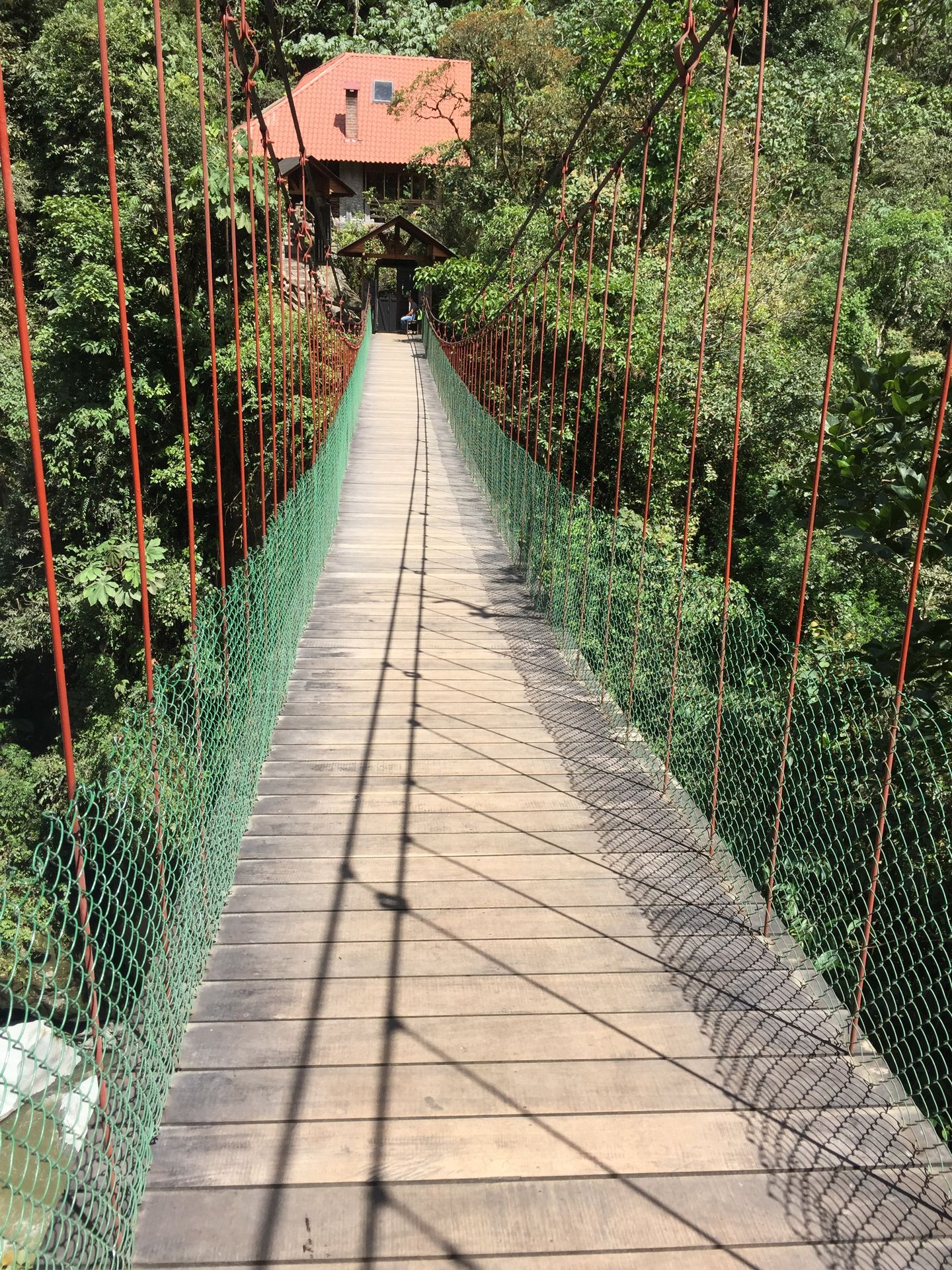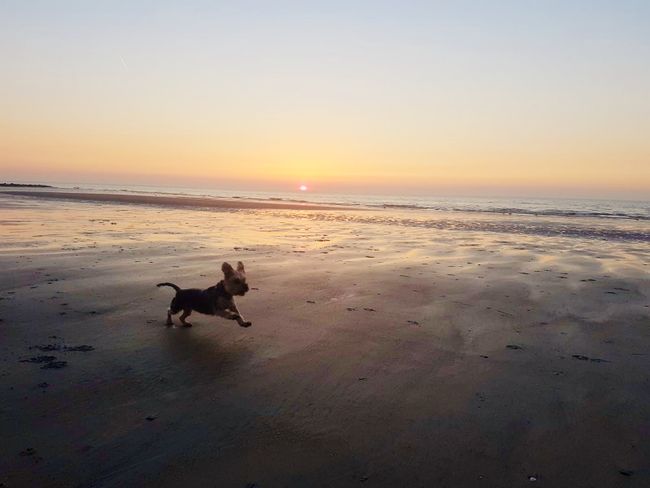
Punllada-does-Bobon-Ecuador/Galapagos
vakantio.de/punllada-does-bobon-ecuador-galapagos
Cotopaxi National Park and Quilotoa Loop
പ്രസിദ്ധീകരിച്ചു: 01.06.2019
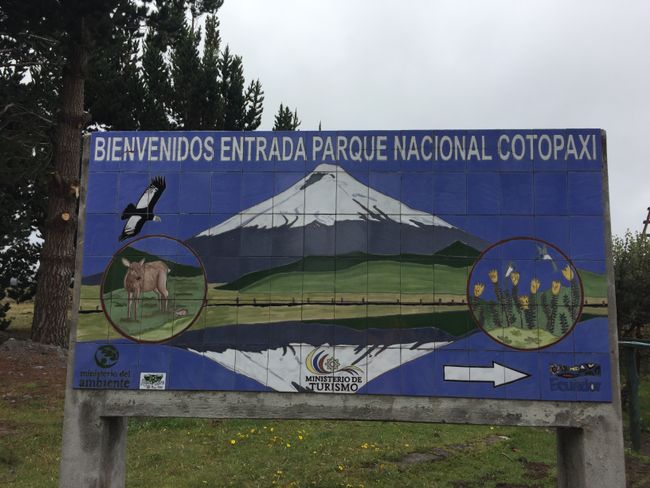
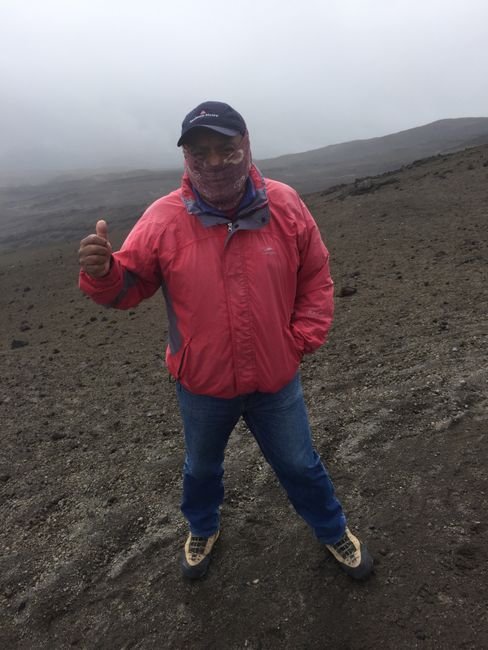
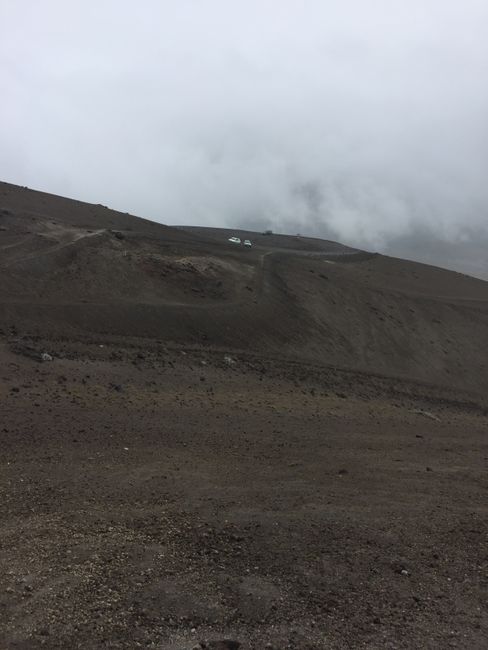
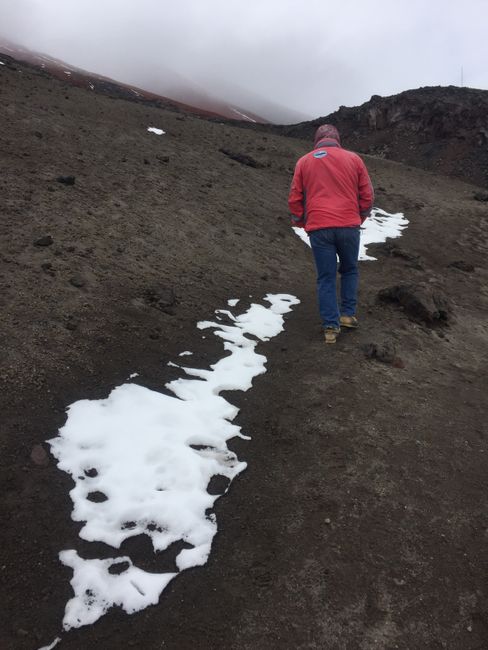
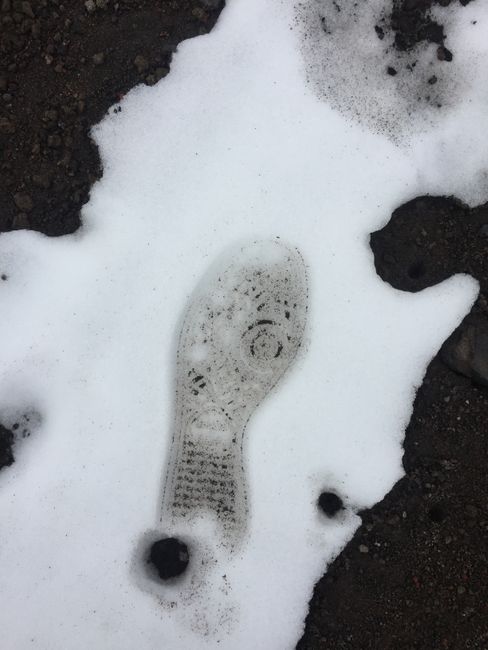
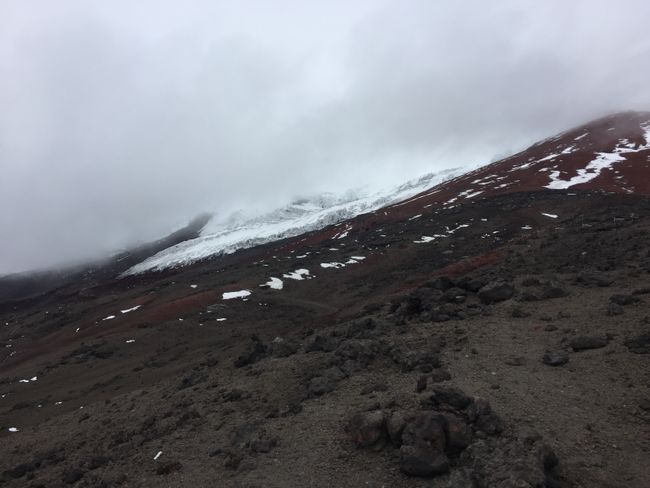
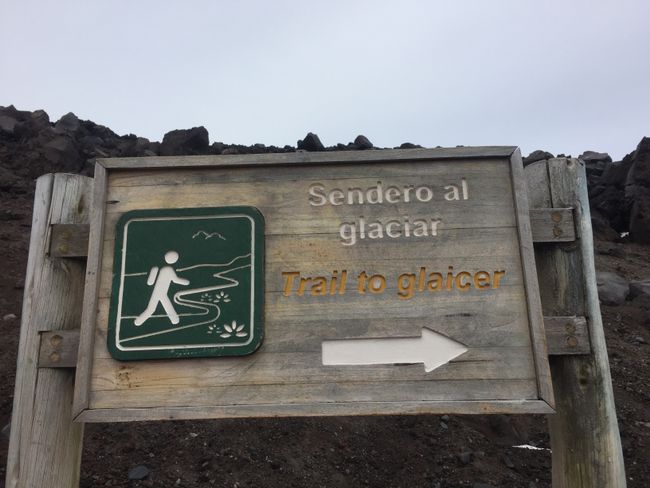
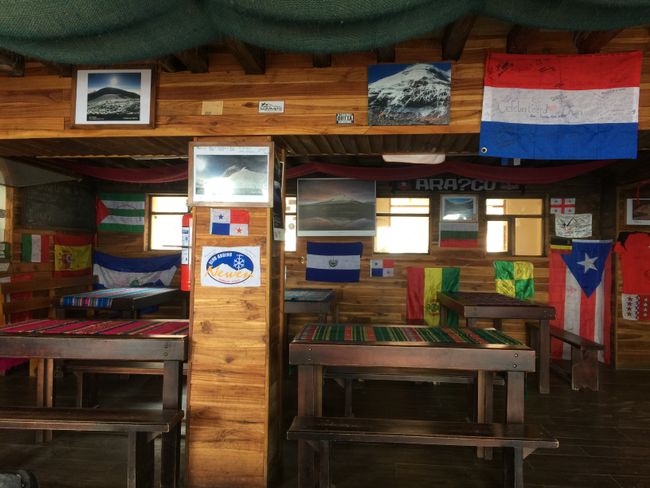
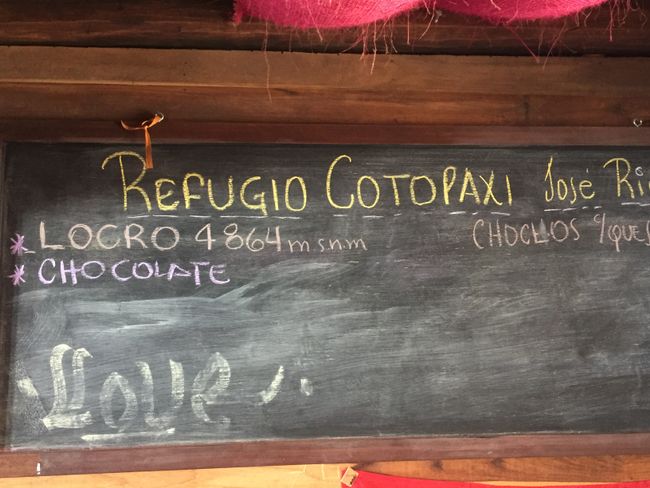
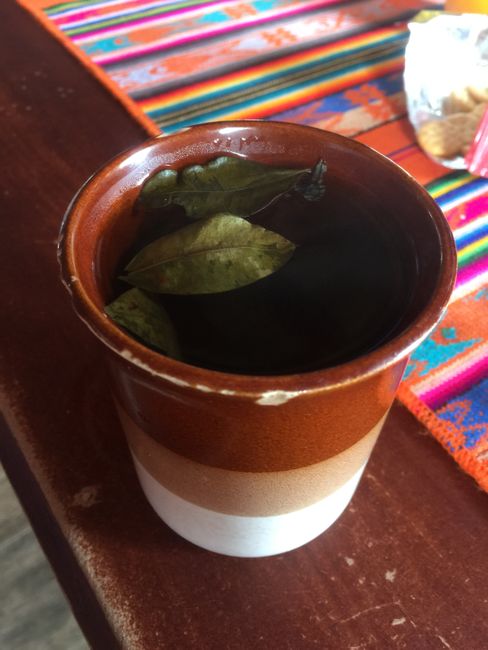
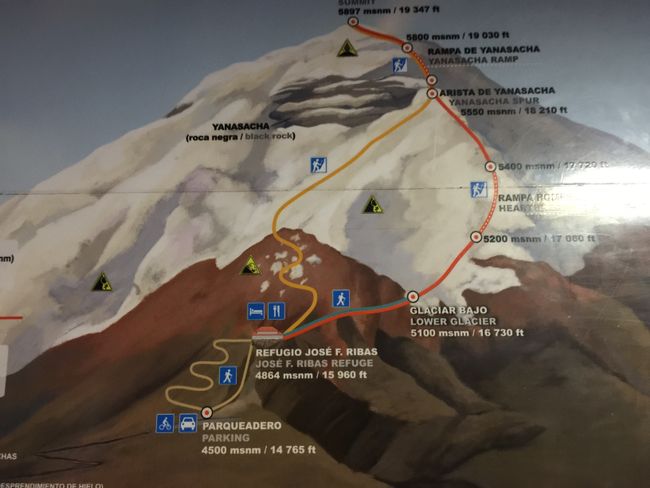
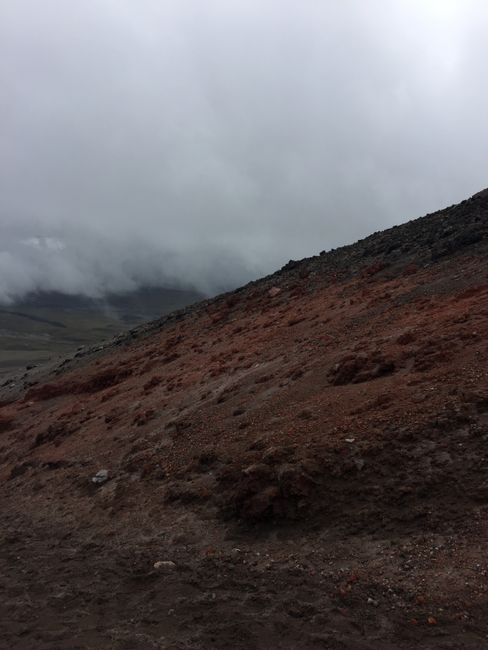
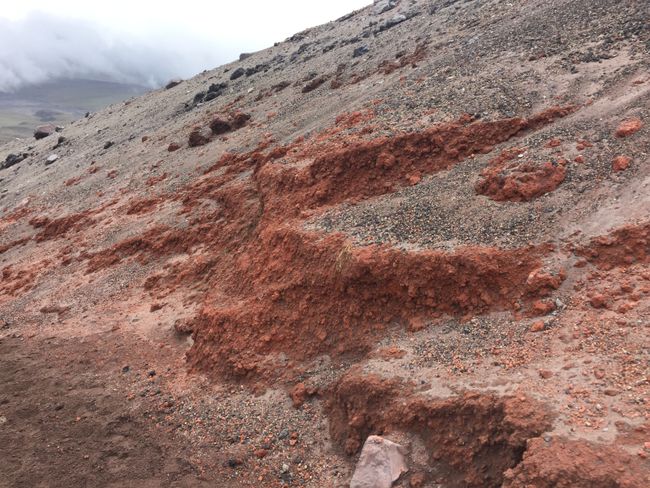
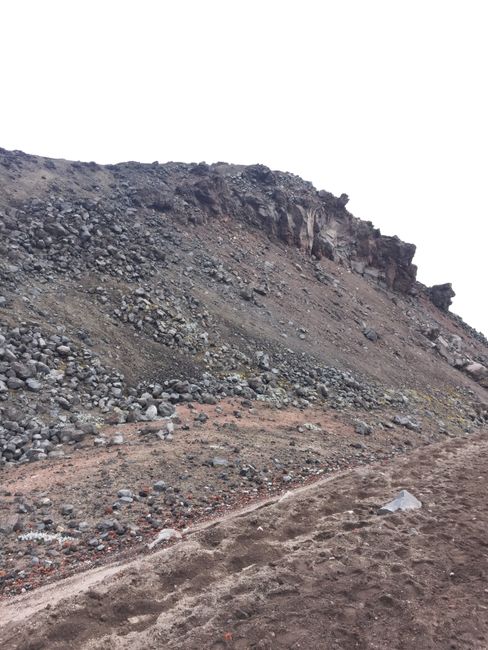
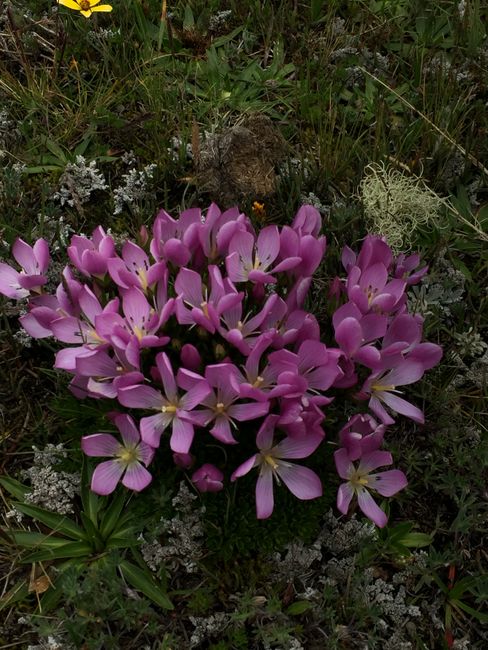
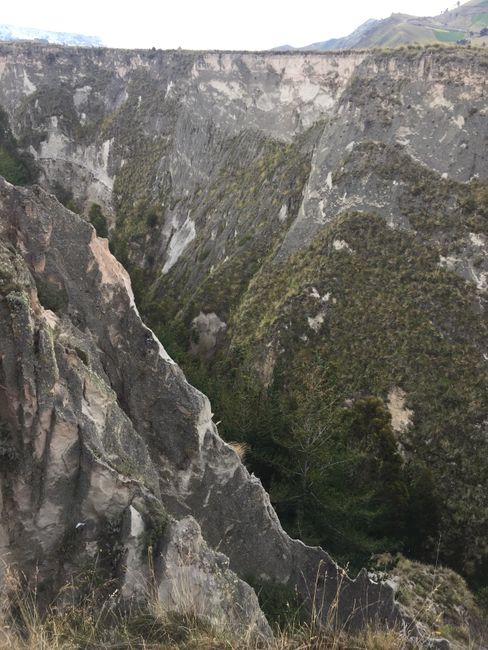
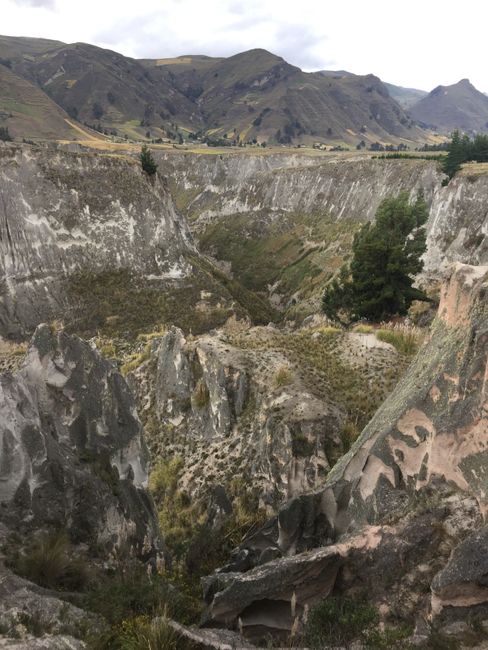
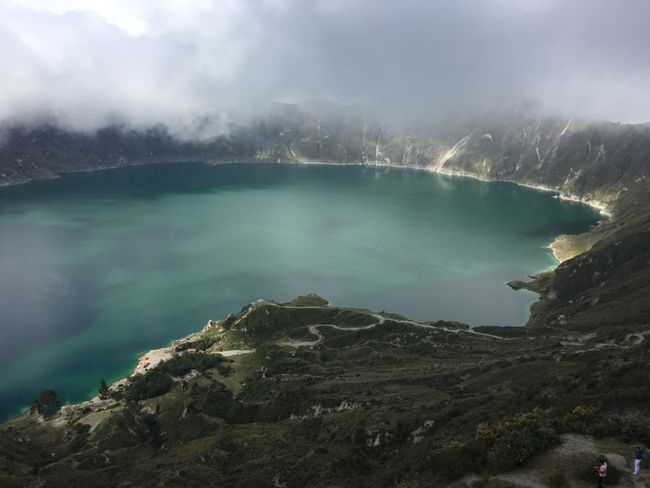
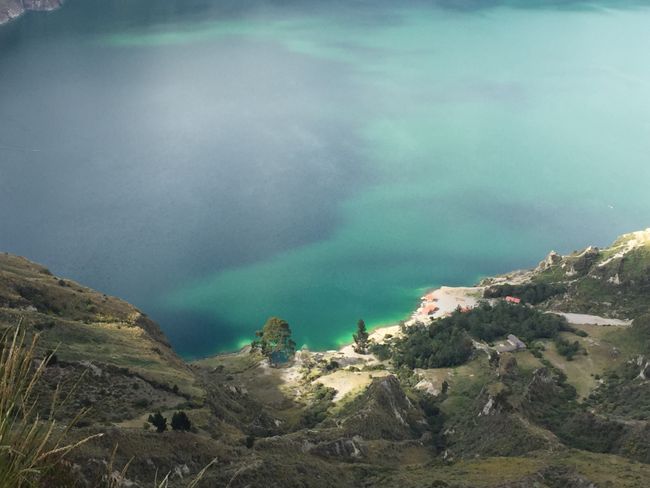
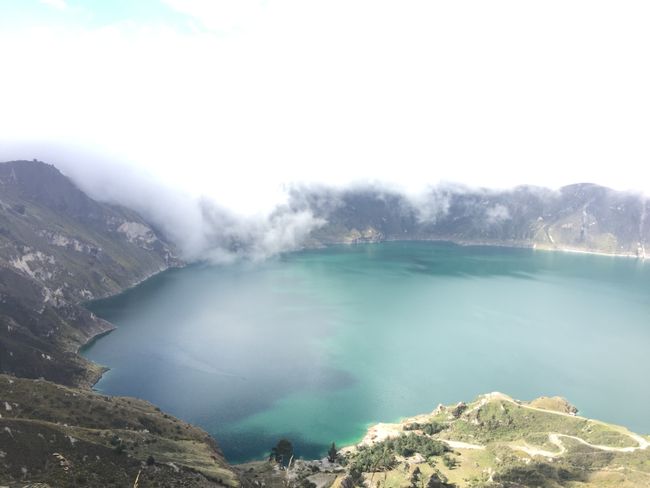
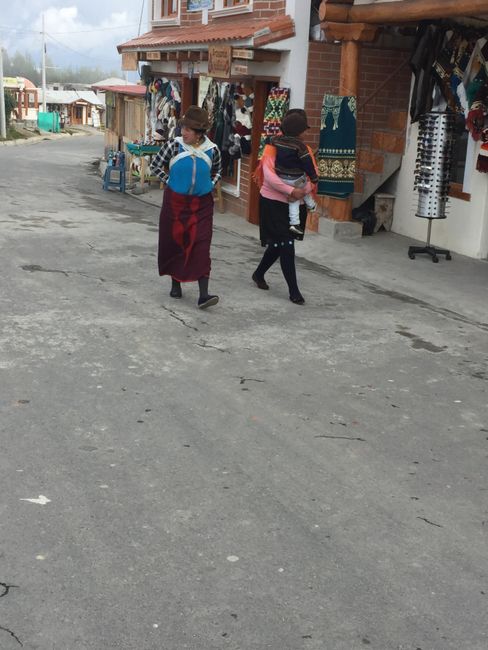
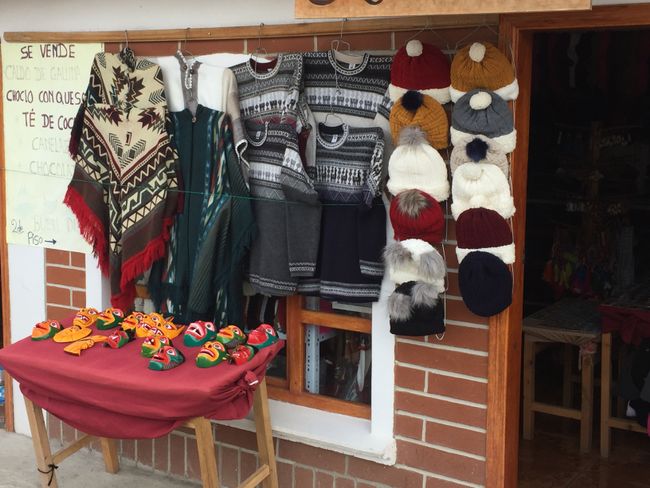
വാർത്താക്കുറിപ്പിലേക്ക് സബ്സ്ക്രൈബ് ചെയ്യുക
Cotopaxi National Park was on the program today starting at 8:00 am. Gabriel, our driver, picked us up on time and introduced us to Manuell, our guide. Manuell was supposed to lead us in the national park and explain everything. We drove a gravel road with terrible bumps. It was difficult for me to concentrate on the landscape. Gabriel did his best to make it not too bad for us. Suddenly, wild horses were running about 50 meters away from us, it was beautiful to see, and Manuell pointed out two eagles sitting on a large rock at the same time. They looked beautiful and apparently only appear there at Cotopaxi. What I found shocking was a giant carcass lying on the steppe all of a sudden. I have no idea if it was a horse or a bull. Manuell told us that there are a lot of pumas living in this region. The puma is also the reason why the alpacas no longer live there. He must have almost completely wiped them out.
We reached the starting point for our hike by car. It was supposed to go uphill from 4,500 to 4,864 meters in altitude. Manuell explained that there were three options to reach the refuge. He recommended option 2 - a zigzag path, slightly longer, but not as steep and very impressive. We nodded and were ready to go. As we slowly crawled up the first few meters, I became aware of how cold it was up there. Should I cry or laugh? Terrible, and then there's this nasty wind! Daniela and I looked at each other. We were not sure if we should even do this! We wanted to give it a try. We walked very slowly behind Manuell. He asked us how we were doing and reminded us to go slowly. Deep breathing and frequent stops were important. The passages where the wind was coming from the front were really horrible. After an hour, Manuell said, "Girls only 10 minutes!!!" Ugh, but we made it through that too, and when we arrived at the refuge at the top, we were really proud of ourselves! As a reward, we warmed up with some tea there. Two mountaineers came in and Manuell told me that they had walked up to the summit. They took two days to do it. That would absolutely not be my thing. First, I would be scared, second, the cold, and third, all the clothes. No, I prefer it the way we did it. Just before we headed back down, we took some photos up top. Unfortunately, the snow-covered summit of the volcano was covered in clouds. On the way down, we could take the faster route. That simply meant running straight down. Taking big strides into the deep lava sand and sliding. It wasn't bad and it worked quite well. Some people who had chosen this path to go up collapsed. Our guide took a woman down and another girl lay in a stable lateral position on the path. Help was on the way. A young man sat on a rock, completely exhausted! At the bottom, a German couple approached us. They gave up because the wind was too cold for them. Daniela and I were glad that Manuell walked very slowly with us and took many breaks to get to the refuge, otherwise, we wouldn't have made it either. Now we drove to the south exit of the national park by car. On the way there, we stopped at a beautiful lake with different bird species. Just before the exit, there were large fields of flowers next to us and Manuell said, "Look, the ENZIAN!" I laughed and happily started singing 'Blau Blau blüht der Enzian' (a German song about this flower). Daniela explained to Gabriel and Manuell that there is a song about this flower in Germany :-)))!At the exit, we said goodbye to Manuell, and now we continued with Gabriel to the famous crater lake Laguna Quilotoa. It was located several kilometers away in a mountain village, and the drive there was already impressive. The local people all wore ponchos and hats. They carried their goods and even their children on their backs. Many were working in their fields or selling their harvest in front of their huts. There were also colorful indigenous markets in many small squares. I thought that I would finally see guinea pigs, but the only thing we saw was one on a skewer on a grill :-(. When we arrived in Quiolota, we still had to walk a little way to the lagoon, and the locals we encountered were very friendly. They greeted us nicely and smiled. When we arrived at the viewpoint of the lagoon, we saw NOTHING or rather - only FOG!!!! What a shame. We sat down in the restaurant opposite and had a little pity feast, and lo and behold, when we came out, the lagoon was 400 meters deep and almost fog-free. The sight was gigantic. The water was clear and turquoise-green in some places. We were both super happy that we had eaten something, otherwise, we would not have seen this amazing natural event. Back at the car, it was time to go to Banos - where we will spend the next few days. The drive was supposed to take 3 hours, and I was actually super tired. But I found the area and the people so fascinating that I couldn't fall asleep. We drove through countless villages, and what I liked were the pickups with people being transported on them. It looks great. What makes both of us super sad are the many stray dogs. Our hearts stop every time they just walk onto the road. Our guide said, however, that they are familiar with the danger posed by cars. Nevertheless, we always watched the dogs with a sad look. Around 7:00 pm, we finally reached our hotel. We are below the very active Tungurahua volcano. The view is gigantic. We will unpack now and sleeeeeeeeeeeeeep. Greetings from us.വാർത്താക്കുറിപ്പിലേക്ക് സബ്സ്ക്രൈബ് ചെയ്യുക
ഉത്തരം (3)
Uwe
📄🔝🤗👍🏼👏Gerhard
Monika schreibt: Tolle Leistung, ich bin stolz auf euch.ruthyscott1
Was für ein Abenteuer und Erlebnis. Ich ziehe meinen Hut und freue mich über deine ausführlichen Berichte. So kann ich mir alles gut vorstellen. Denke nämlich das ich es selbst weder erleben noch schaffen würde. Wir schwitzen übrigens bei 30 Grad in Germany und senden euch gerne etwas Wärme. Adios und liebe Grüße Sanni